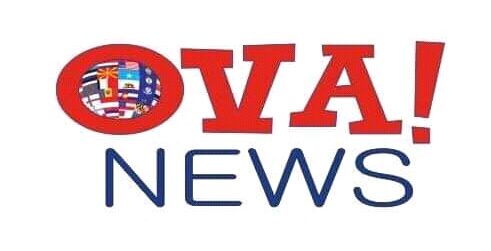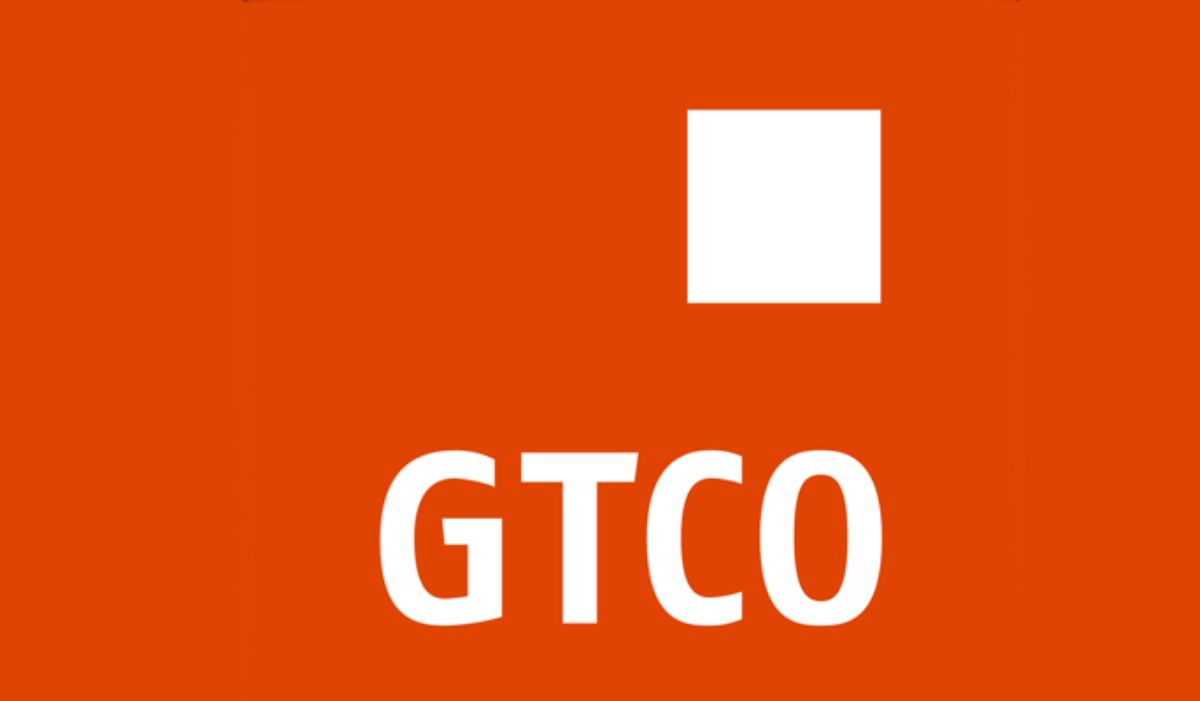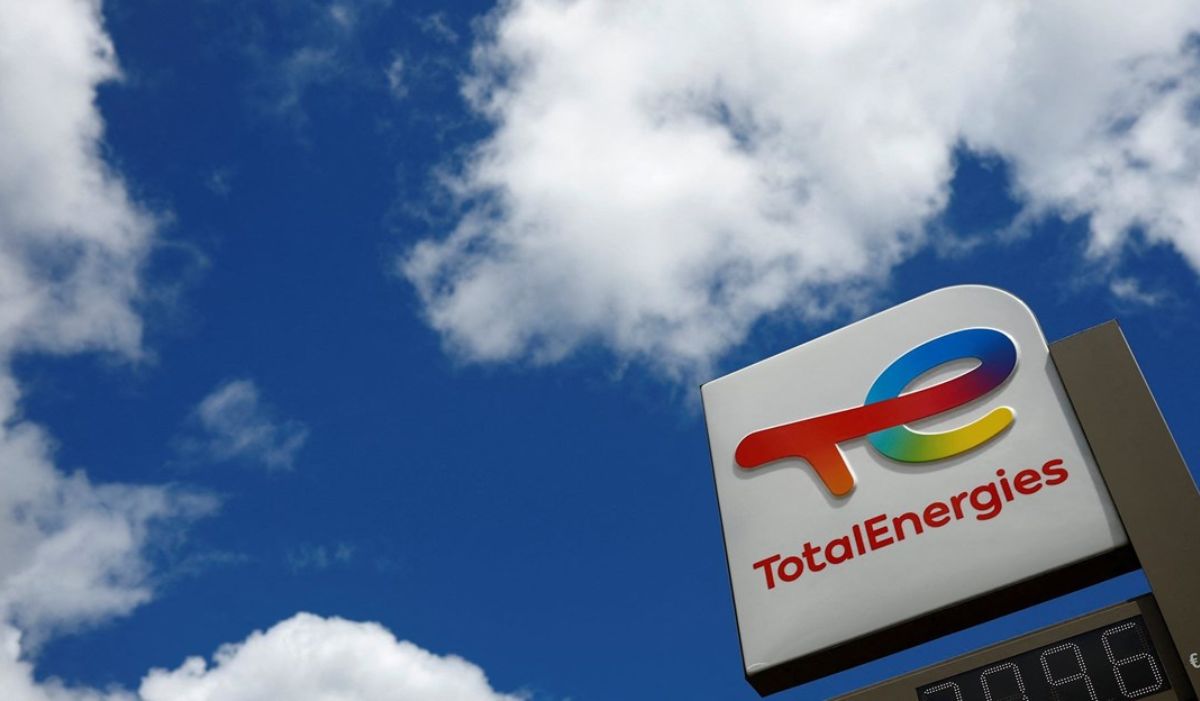Interbank Rates Dip as Banking Sector Enjoys Liquidity Surge

Interbank borrowing costs remained relatively low due to ample liquidity circulating in the banking sector, with little to no immediate funding strain.
The relaxed conditions in the money market last week were underpinned by a notable liquidity surplus and the anticipation of additional inflows from maturing Open Market Operation (OMO) bills.
Short-term benchmark interest rates experienced a sharp week-on-week drop of more than 500 basis points, driven by the influx of funds from maturing Treasury bills and allocations from the Federation Account to state governments.
System liquidity was bolstered by N283.79 billion in matured Nigerian Treasury Bills (NTBs), comprising N38.65 billion from 91-day tenors, N25.47 billion from 182-day bills, and a substantial N219.67 billion from 364-day notes.
In addition, coupon payments on Federal Government of Nigeria (FGN) bonds injected another N216.76 billion into the system, helping ease short-term rates below the 27% threshold.
However, midweek liquidity conditions tightened due to foreign exchange settlements by the Central Bank of Nigeria (CBN), which pushed the open repo and overnight rates to 32.20% and 32.60%, respectively.
Further liquidity strain followed the settlement of a N100 billion FGN bond auction and forex sales amounting to N94 billion.
By the end of the week, the market received a boost from N800 billion in Federation Account disbursements and the N283.79 billion from Treasury bill maturities, which helped bring down rates to approximately 26.5%.
AIICO Capital Limited reported that overall system liquidity increased by N1.39 trillion every week, closing at N1.58 trillion. This uptick in liquidity contributed to a noticeable decline in interbank lending costs. According to Cowry Asset Limited, the overnight Nigerian Interbank Offered Rate (NIBOR) dropped by 279 basis points to 26.71%.
Rates for overnight and open buyback transactions also declined significantly—by 506 and 510 basis points, respectively—settling at 26.99% and 26.50% by Friday’s close. Analysts attributed the drop in short-term interest rates to improved liquidity and a more stable funding environment.
Looking ahead, market expectations suggest that rates will likely remain around current levels, barring any unexpected funding pressures. However, any CBN-led OMO auctions could drive rates higher in line with prevailing tight monetary conditions.





